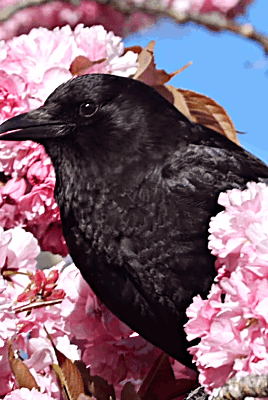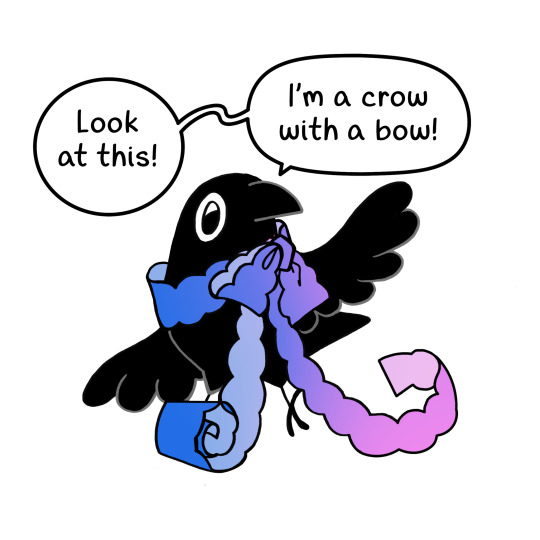Text

"Three Crows against the Rising Sun" by Totoya Hokkei, from the series Three Sheets (Mihira no uchi), Edo period, mid-1810s.
25 notes
·
View notes
Text
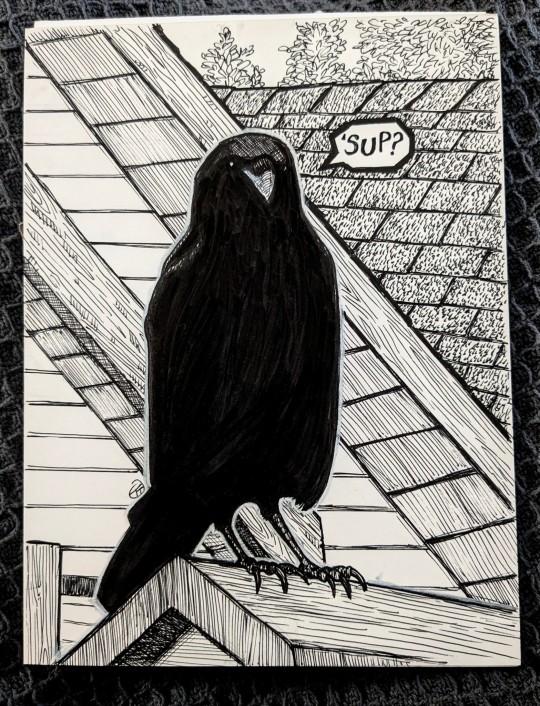
I drew one of the crows who visit our backyard. I give them peanuts and sometimes cheese or fruit or bits of deli meats.
Ink pens
147 notes
·
View notes
Text
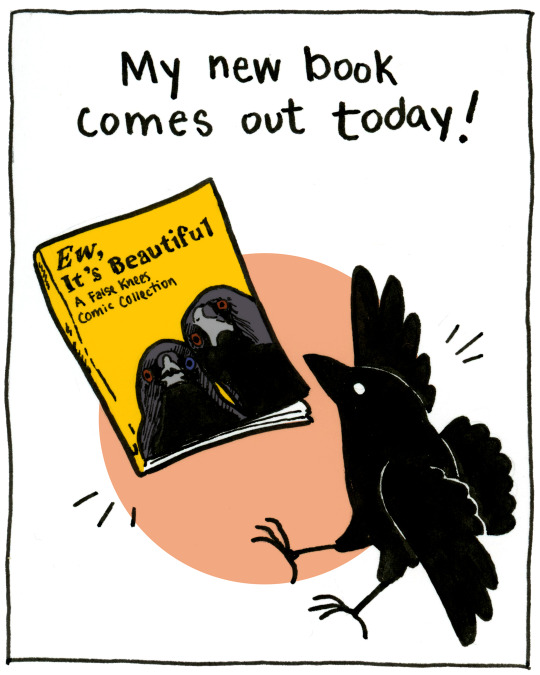

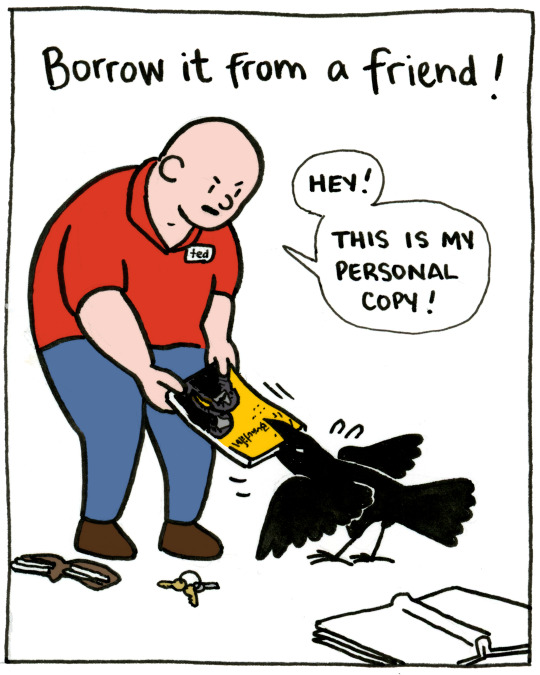
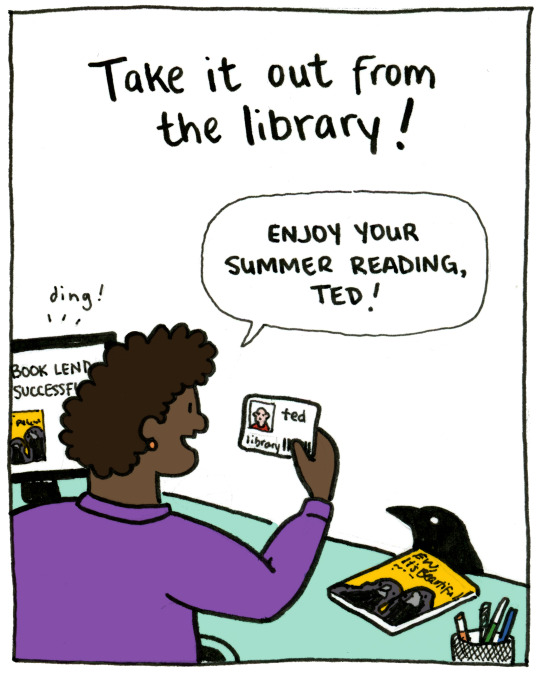

Thank you to everyone who has already ordered my book, I hope you enjoy!
It actually came out yesterday, but I had an optometrist appointment and they put these fun drops in my eyes that made it so I couldn't read all day.
Links to some stores where you can find the book (If you are in the US, Canada, or the UK) here: https://site.andrewsmcmeel.com/ew-its-beautiful-incentive
821 notes
·
View notes
Text
























What the flock?! such smart names!
Science should let more cartoonists name things. That how we got the thagomizer and the Rube Goldberg machines. Anyways! SHERLOCK CROWMES!!!!!
Check out my stuff!
✧Read Namesake✧ ✧Read Crow Time✧ ✧Store✧ ✧Patreon✧
30K notes
·
View notes
Text
Round 4 - Set 15

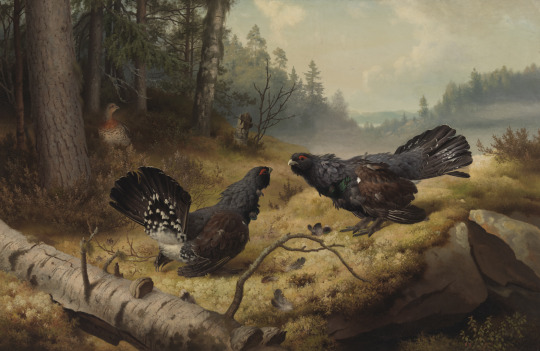

Please click on the images or open in a new tab to see the full art.
Left: Jays 1877 by Ferdiand von Wright
Description: An oil painting of two Eurasian jays perching on a branch of mountain ash, its red berries in bright contrast to the near-even blue sky on the background.
Propaganda: Pretty birds <3
Jays 1877 by Ferdiand von Wright. Oil on canvas. The art is 38,5 × 47 cm. The art is in the Finnish National Gallery (link to the art here). The art was photographed by Hannu Pakarinen.
Middle: The Fighting Capercaillies, 1886 by Ferdiand von Wright
Description: An oil painting of two male capercaillies angrily staring each other down at a forest clearing. At the treeline there is a female capercaillie, watching the fight.
Propaganda: This painting is iconic — in Finland, everyone and their mother has heard of it. A Donald Duck version has even been made of it! The painting combines beautiful nature illustration with a dynamic scene that truly lets you see the animals as characters and makes you want to know what happens next. Also, the painting is huge IRL — I saw it in Ateneum last summer and was much more impacted than I expected from a painting I'd already seen pictures of all my life.
The Fighting Capercaillies, 1886 by Ferdiand von Wright. Oil on canvas. The art is 124 × 188,5 cm. Currently at the Finnish National Gallery (link to the artwork in the online gallery here). The art was photographed by Yehia Eweis.
Right: Magpies round a Dead Female Capercaillie, 1867 by Ferdinand von Wright
Description: painting of four magpies gathered around a dead female capercaillie on the forest floor. The surrounding branches, tree trunks and moss are all covered in frost.
No Propaganda has been submitted.
About the artist: Ferdinand was the youngest of nine surviving children, and had two older brothers Magnus and Wilhelm who were also artist, and also painted many animals specially birds.
Magpies round a Dead Female Capercaillie 1867 by Ferdinand von Wright. Oil on Canvas. The art is 66 × 86 cm. Currently at the Finnish National Gallery (link to the artwork in the online gallery here). The art was photographed by Hannu Pakarinen.
17 notes
·
View notes
Note
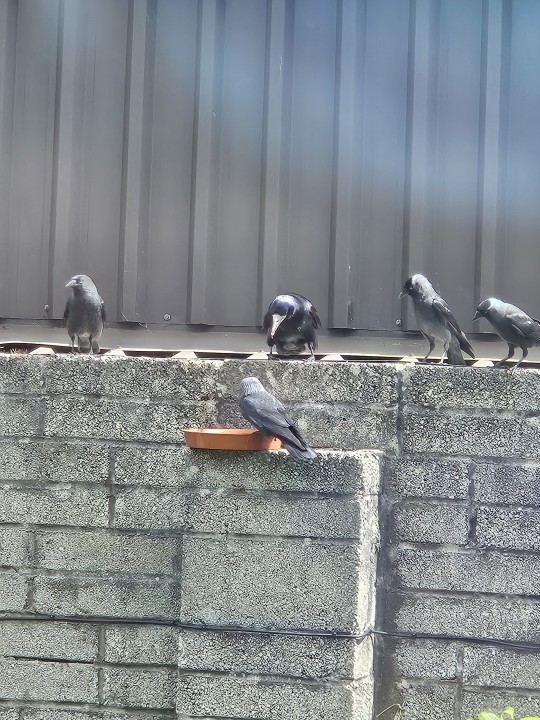
a carrion crow and some western jackdaws enjoying some walnuts i left out for them
great friends and great snack for them!
191 notes
·
View notes
Text

Inca Jay (Cyanocorax yncas), family Corvidae, order Passeriformes, Colombia
The Green Jay (Cyanocorax luxuosus) from North America, and the Inca Jay of South America, were once thought to be one species, but they are now separated into 2 species.
You may occasionally see people identify the South American bird as a green jay (this taxonomy is out of date).
photograph by Gendhuk Sri Ayuk
516 notes
·
View notes





